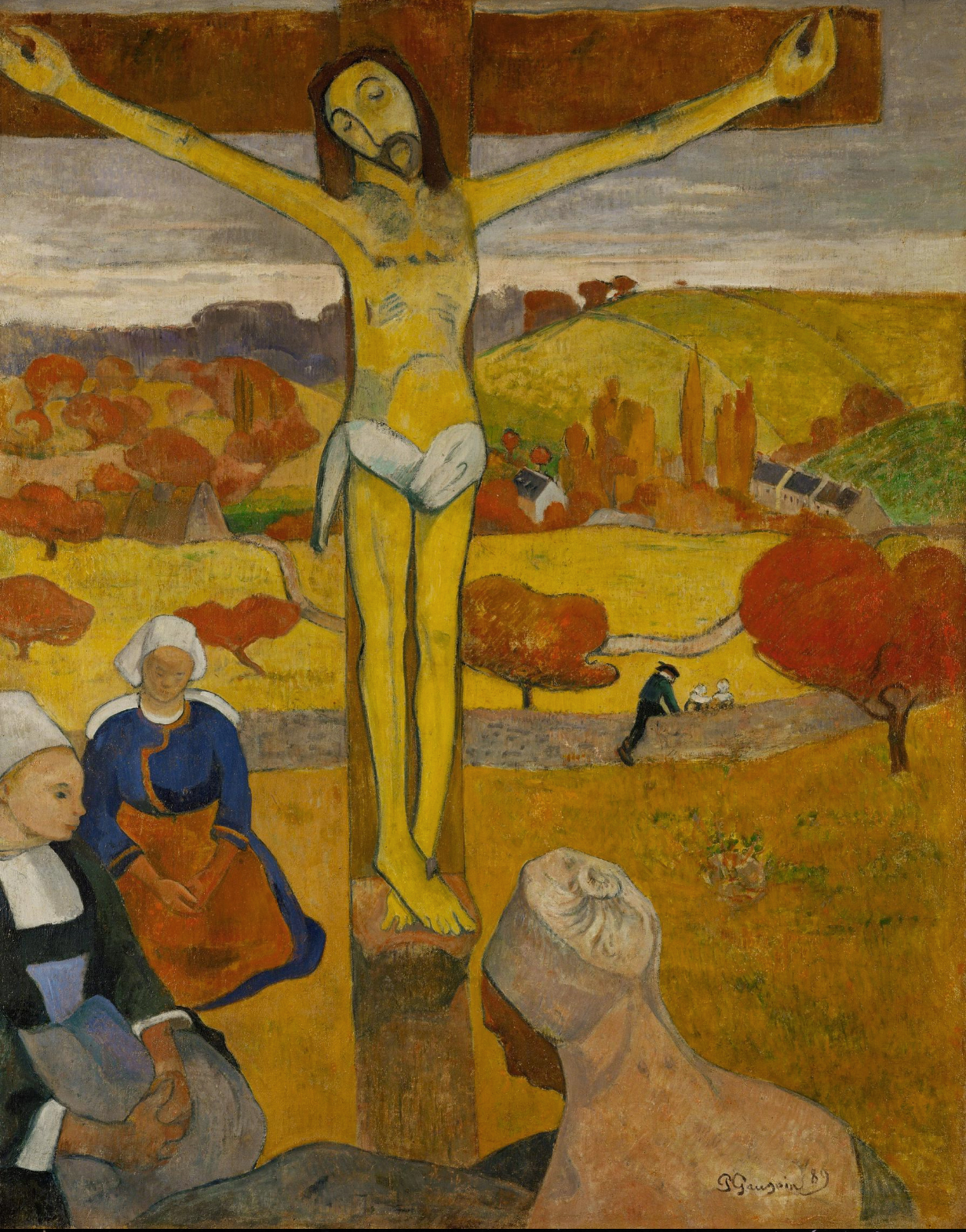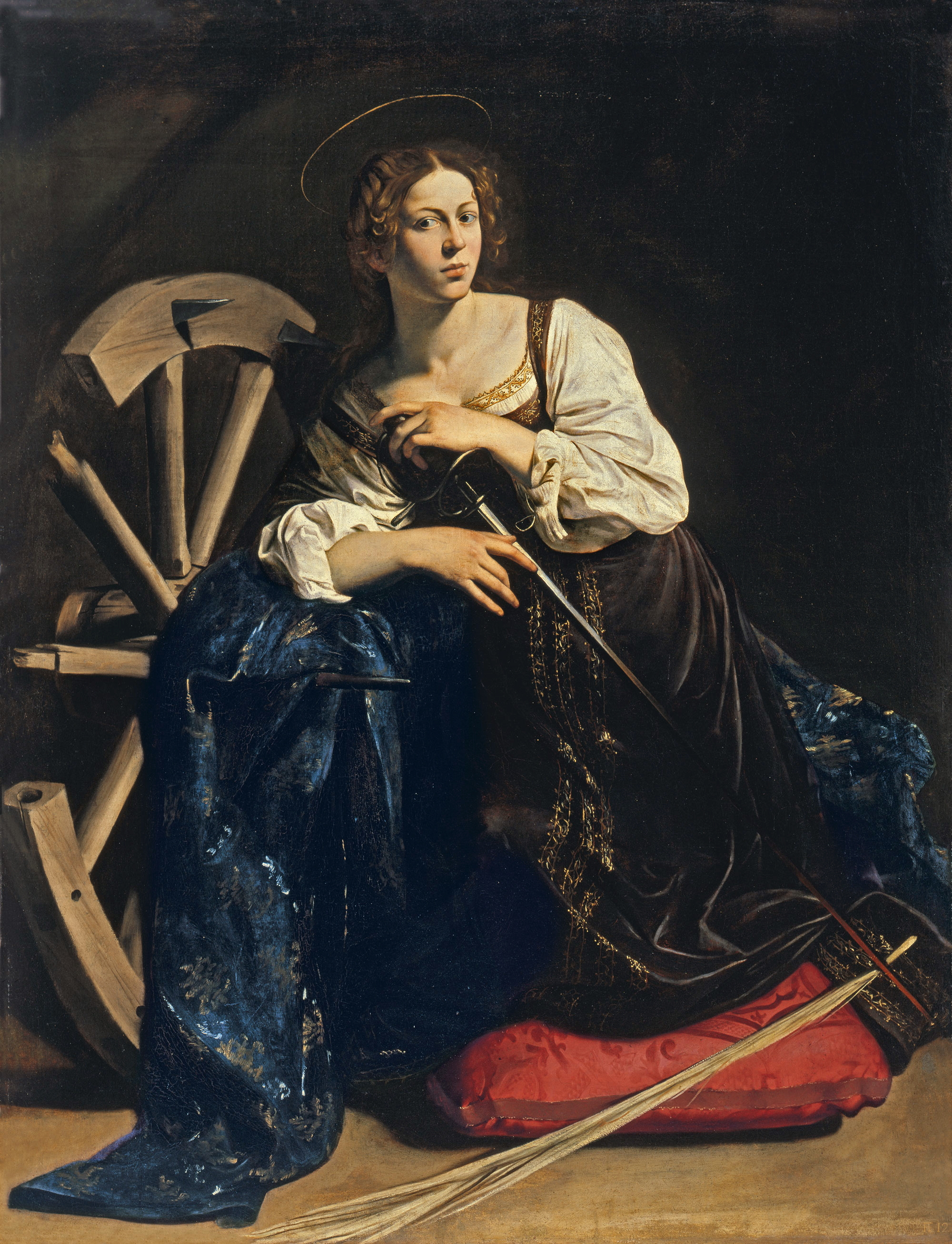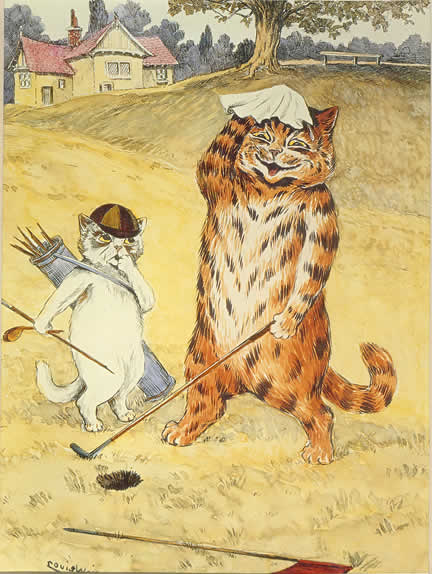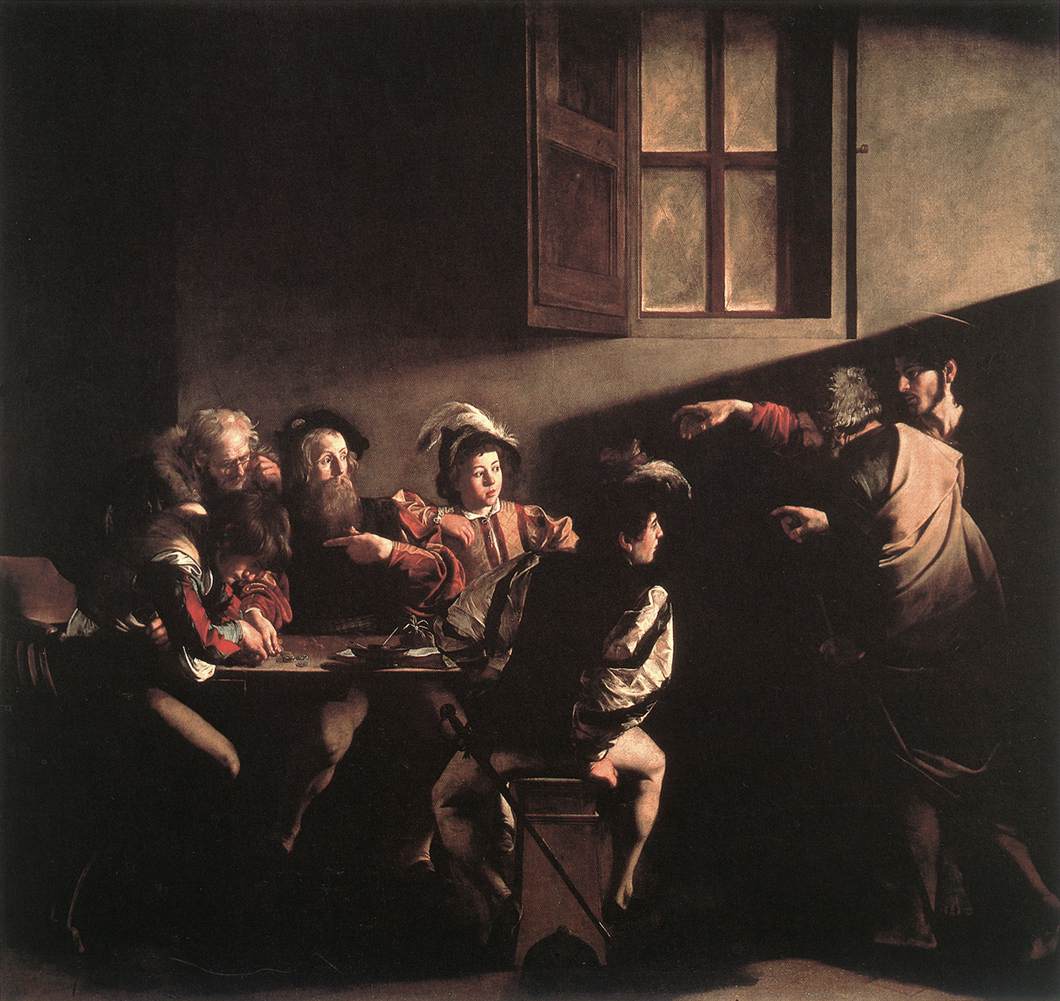 |
|
Southern Justice (Murder in Mississippi), 1965, Norman Rockwell
|
In America, the dead can’t sue for defamation, so a writer who makes outrageous statements about the deceased can’t be touched in a court of law. In the past, we were protected by an unspoken code of decency: a publishing house like Farrar, Straus and Giroux would not have taken a biography like American Mirror, and it wouldn’t be nominatedfor a PEN award.
 |
| Saying Grace, 1951, Norman Rockwell |
“The thrill of [Norman Rockwell’s] work is that he was able to use a commercial form to thrash out his private obsessions,” writes author Deborah Solomon. And what, according to Solomon, were those obsessions? That he was a repressed homosexual with pedophilic impulses.
 |
| Rosie the Riveter, 1943, Norman Rockwell |
Rockwell’s granddaughter Abigail did a great job debunking Solomon’s book in this column, and it’s worth reading in its entirety.
I once made the mistake of mentioning to an instructor in Manhattan that I love Norman Rockwell’s work. That was the first experience I had of the animus some intellectuals direct toward Rockwell, who—as a ‘mere’ illustrator—achieved fame and fortune most of us can only dream about.
 |
| The Scoutmaster, 1956, Norman Rockwell |
Why is it that men who paint children are suspect? A decade ago, we saw the samephenomenon with Caravaggio. It’s now received wisdom that he was a bisexual pederast—a theory that totally ignores the painterly and social conventions of his time, and is almost purely speculative (since there is very little historical record of his life). This desire to tear down icons reflects less on the artists in question than on the art world’s deeply rooted sexism and its own twisted desires.
 |
| Freedom from Fear (one of the Four Freedoms series), 1943, Norman Rockwell |
Norman Rockwell is being accused of pedophilia at the same time as other intellectuals attempt to destigmatizethat perversion. This is part of the vast value-leveling going on in our society today, an insistence that no ideals or values deserve to be elevated above others. By making Rockwell look tawdry, we can dismiss all those hokey mid-century values he painted: family, patriotism, courage, equality, freedom, faith.
Message me if you want information about next year’s classes and workshops.







.jpg)
